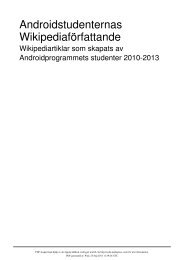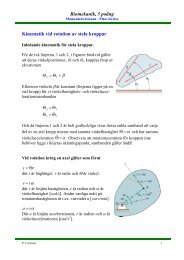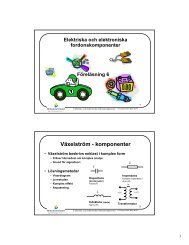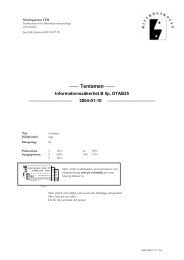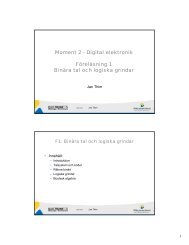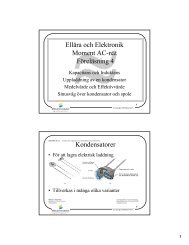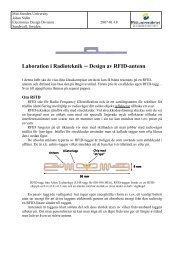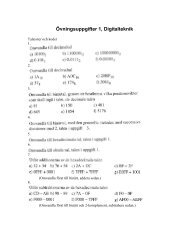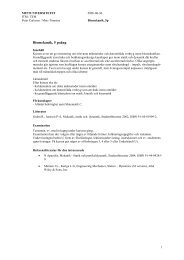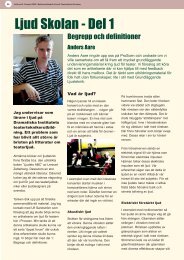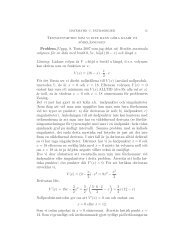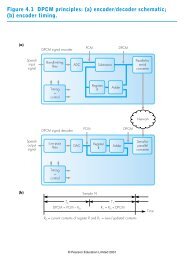Discrete Mathematics with Programming
Discrete Mathematics with Programming
Discrete Mathematics with Programming
Create successful ePaper yourself
Turn your PDF publications into a flip-book with our unique Google optimized e-Paper software.
4.2 Interdisciplinary Lab Exercises<br />
One of the key ideas was to incorporate interdisciplinary exercises highlighting to the students<br />
the use of mathematics in computing subjects, in particular programming. We did this because<br />
feedback from students showed that they seemed to perceive the mathematics course as being<br />
impossibly hard and completely detached from their other courses, and many had cited this as<br />
the reason for giving up on the course.<br />
Designing good interdisciplinary exercises at university level is not an easy task as most lecturers<br />
are experts in one subject only. PH solved the task by drawing on (i) her own background<br />
which includes a combined degree in mathematics and computing, (ii) NM and other lecturers<br />
in computing and (iii) further computing lecturers/researchers of her acquaintance, some from<br />
other universities. The students appreciated the interdisciplinary lab exercises on a meta-level,<br />
acknowledging that they helped them see the connections between the subjects. However, most<br />
gave the feedback that they had looked at them all, but done only a few of them. It should<br />
be noted the exercises were not part of the assessment, as this would have required careful<br />
synchronisation <strong>with</strong> the computing courses, which was not possible in the development phase<br />
of the project. The reader is referred to Appendix B for a sample interdisciplinary lab exercise.<br />
4.3 Assessed Send-in Exercises<br />
For each block of study there was a small send-in exercise. In order to allow asynchronous study<br />
the send-in exercises were submitted in two batches. As <strong>with</strong> assignments on campus courses,<br />
the send-in exercises were corrected by the lecturer and each student given personal feedback<br />
on their work as well as full model solutions. Students submitted send-in exercises via WebCT<br />
and they were also returned by PH via WebCT together <strong>with</strong> a grade. The reader is referred to<br />
Appendix C for a sample send-in exercise.<br />
Students were able to get help for solving exercises from workshops, but in addition to this the<br />
learning environment created also comprised a number of discussion forums on WebCT where<br />
students could get help from each other and the lecturer. Over 300 messages were exchanged<br />
on these forums during the course of spring 2009.<br />
4.4 Continuous e-assessment<br />
The big drop-out rate on the DMY distance course was one of the main problems we wanted to<br />
address in the project. It was decided to tackle the problem by designing the course to heighten<br />
student engagement. Often distance students can feel isolated and lack motivation due to not<br />
having the peer support that campus students benefit from, so one area where we set in was to<br />
create a community spirit around the WebCT course. We had a presentation forum where everybody,<br />
including the lecturer, had to write a bit about themselves. We had general discussion<br />
forums for all kinds of problems/queries arising and we had a maths questions forum for ANY<br />
maths question arising in the course and in their other courses. We also had the aforementioned<br />
6



